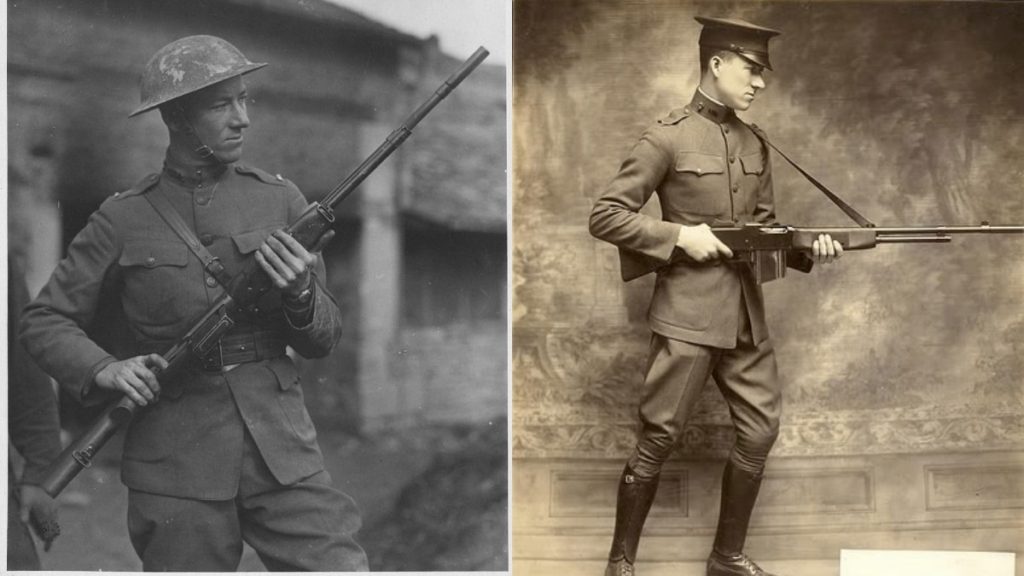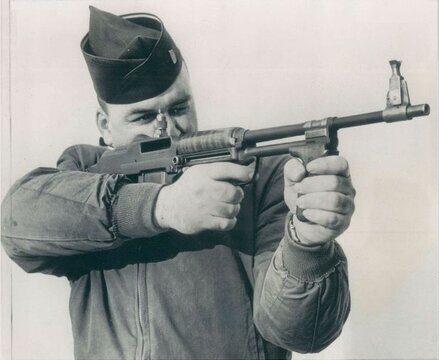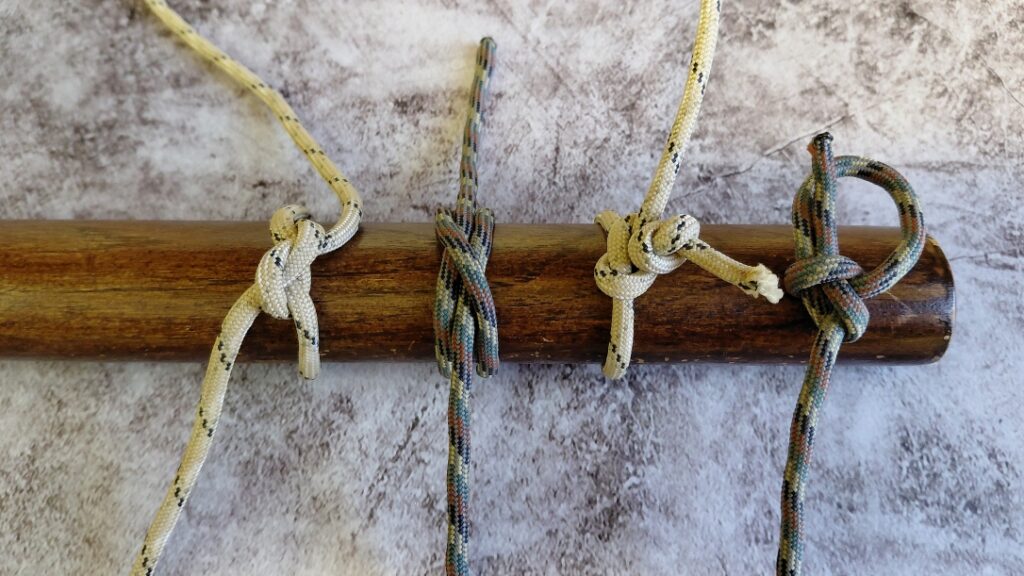In a post-World War II world, there was a flurry of attempts to better modernize the American fighting man. Lessons were learned, and some radical concepts were given at least a chance to flourish. While many weren’t adopted, the typically conservative U.S. Army was willing and funded enough to allow some Ordnance officers to experiment and create some fairly interesting weapons. That brings us to Benicia Arsenal, a U.S. Army Ordnance facility in beautiful Suisun Bay. Here, warrant officer Loren Cook designed a weapon known as the Cook Automatic Rifle.
From the BAR to the CAR
The Browning Automatic Rifle was the standard squad support weapon designed to have rifle-like power and range and effectively suppress targets. It became an integral part of the rifle squad as maneuver warfare took over. Soldiers in the base-of-fire teams laid down suppressive fire with the BAR to allow their assault elements to move. These weapons were highly effective, but they had their faults.

Advertisement — Continue Reading Below
The BAR was a great big gun. The M1918 was 47 inches long. It’s nearly the size of a 1st grader. Imagine trying to use that anywhere but the relatively open fields of Europe! Imagine trying to fight in the urban environments that the G.I.s found themselves in across Europe or the jungles of the Pacific! It would be a handful of a gun. I cleared rooms with an M16A4 and hated it. Imagine a bigger, heavier, full auto only .30-06!
The BAR was a big gun, but in the 1940s, it was still an important one. Warrant Officer Cook saw the potential of the BAR as a bullpup. He created the Cook Automatic Rifle to trim the bulk of the BAR and make it more accessible for the fighting man. The Cook Automatic rifle made a number of changes to the BAR, namely, making it a bullpup rifle.
The Cook Automatic Rifle In Color
Obviously, the bullpup configuration required a very short stock at the rear of the gun and a fairly long trigger linkage to get the gun to go bang. The wooden handguard was eliminated and its place was a wood vertical foregrip. Another vertical grip was used for the dominant hand to fire the weapon. It appears that the charging handle was also moved to the right side of the gun and positioned right above the trigger.
Advertisement — Continue Reading Below
The right-side charging handle makes sense. In the 1940s, the Army assumed everyone was right-handed. A left-side charging handle would have the shooter’s support hand coming back and hitting them in the face to operate the rifle.

The sights were moved as needed and appeared to be folding sights, although it’s somewhat difficult to say for sure. There are no existing Cook Automatic Rifles to examine and inspect. WO Cook used an 18-inch barrel rather than a 24-inch barrel. The Colt Monitor also utilized an 18-inch barrel. The total overall length of the Cook Automatic Rifle was 30 inches. Almost a foot and a half was trimmed from the BAR, and ultimately, a 30-inch rifle is shorter than an M4 with the stock extended.
Advertisement — Continue Reading Below
One of the biggest differences is the gun’s operation. Instead of being an open bolt gun, it was converted to a closed bolt. The closed bolt design provides a more reliable and accurate option. It doesn’t cool as fast and is more complicated, but ultimately, it is a good alternative option. In tasks like ambushes, the superior reliability of the closed bolt system allows the CAR to fire the first shot reliably.
What Happened to the Cook Automatic Rifle
Cook wanted the U.S. Government to give his gun a proper trial, but the Army wasn’t interested. This actually upset Cook enough that he contacted Congress, but they deferred to the Army. There is a rumor I can’t confirm that Cook ended up leaving the Army after his design was denied.
Would the CAR have made much of a difference? Even if trialed and adopted, it’s unlikely that it would have made a big difference in Korea. By Vietnam, the BAR was serving in very small numbers, and the goal was to replace the BAR (and other weapons) with the M14. It’s unlikely the weapon would have served for very long.
Advertisement — Continue Reading Below















